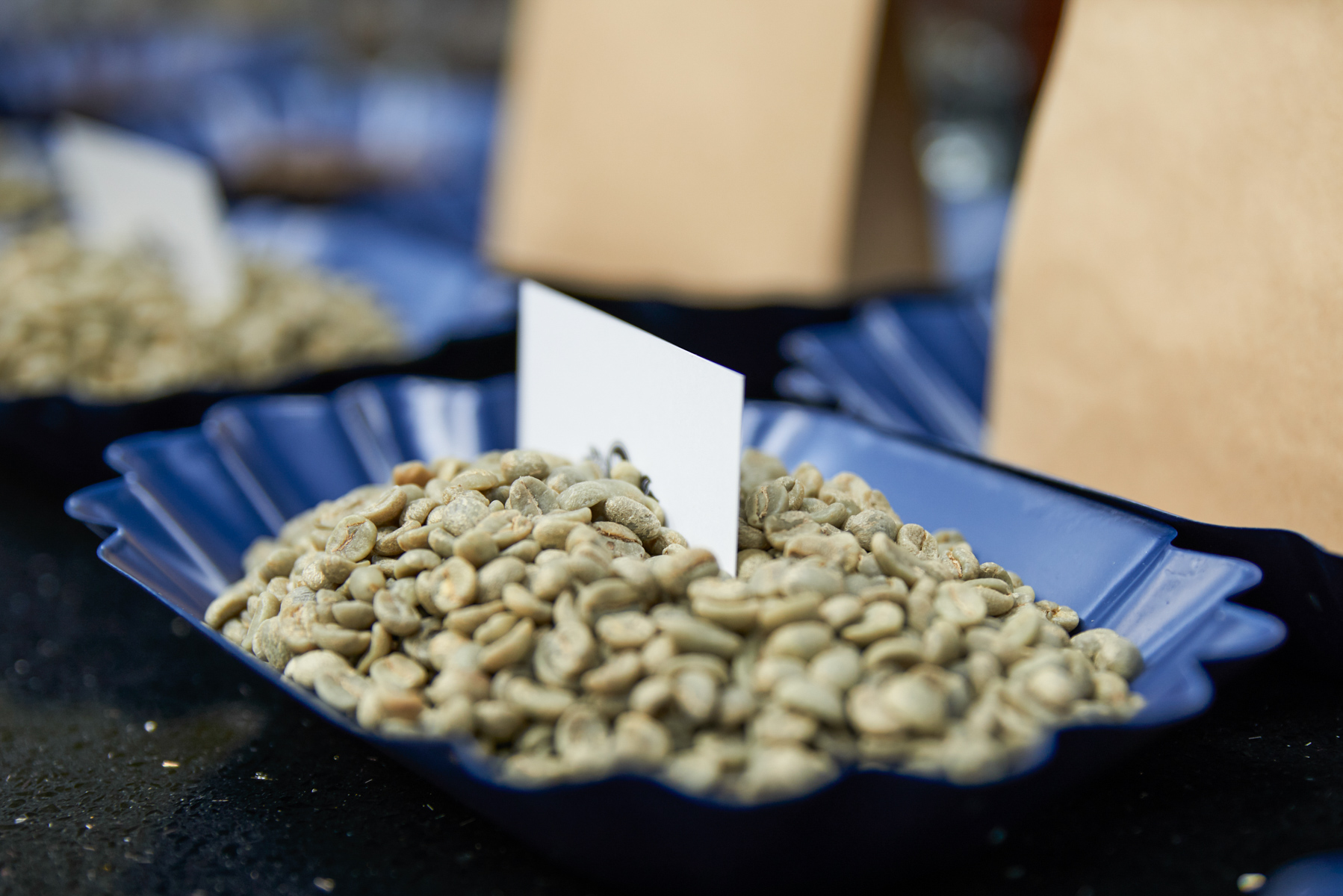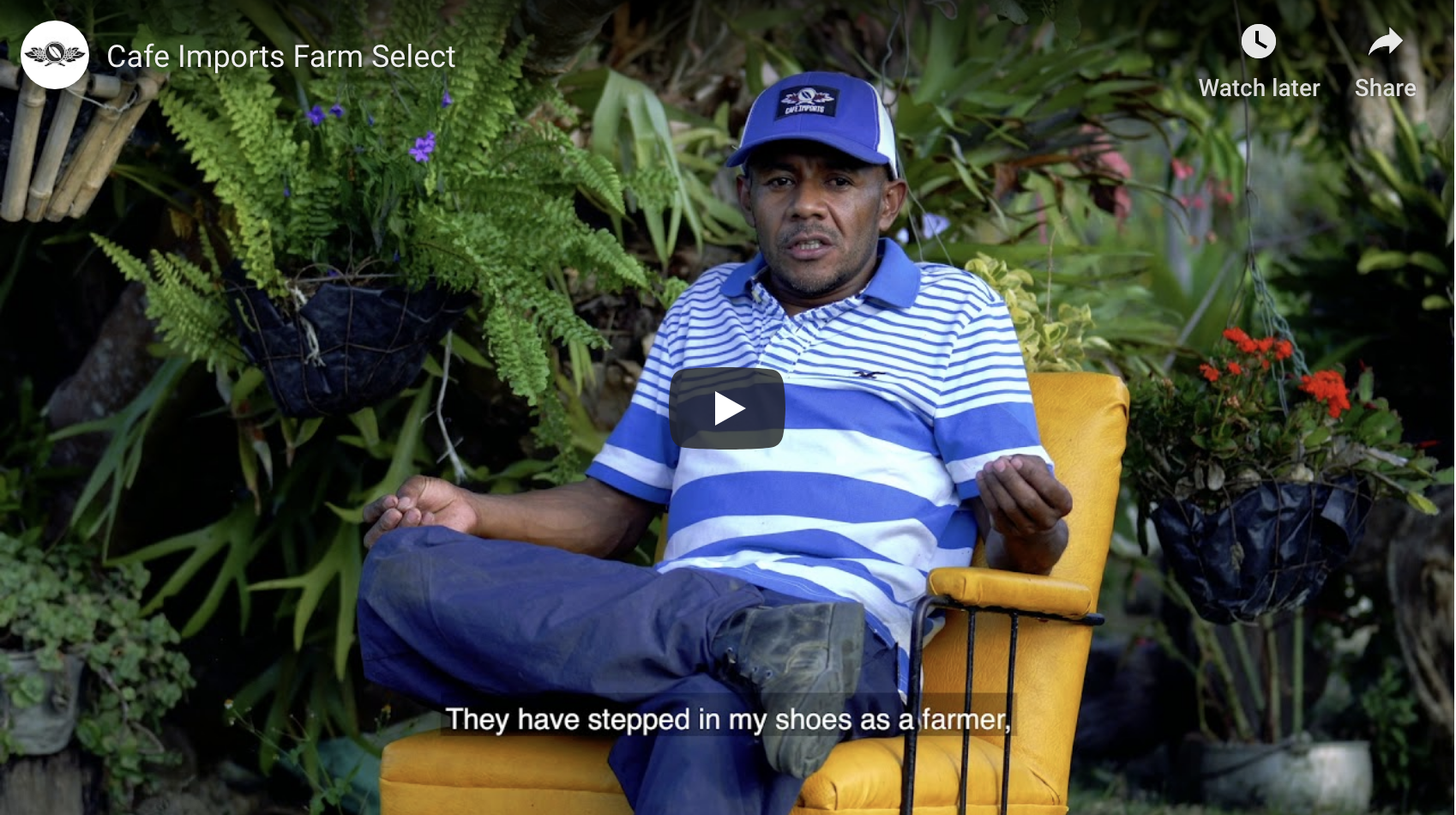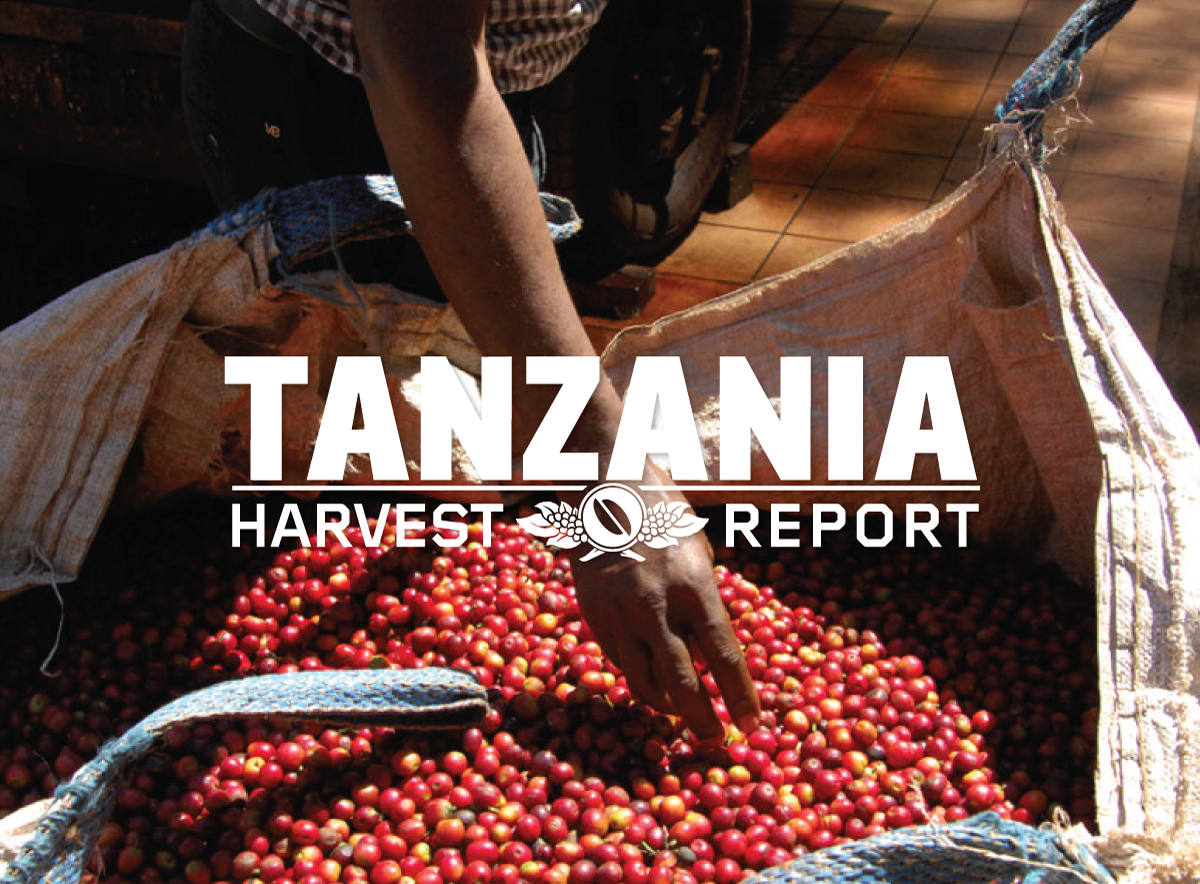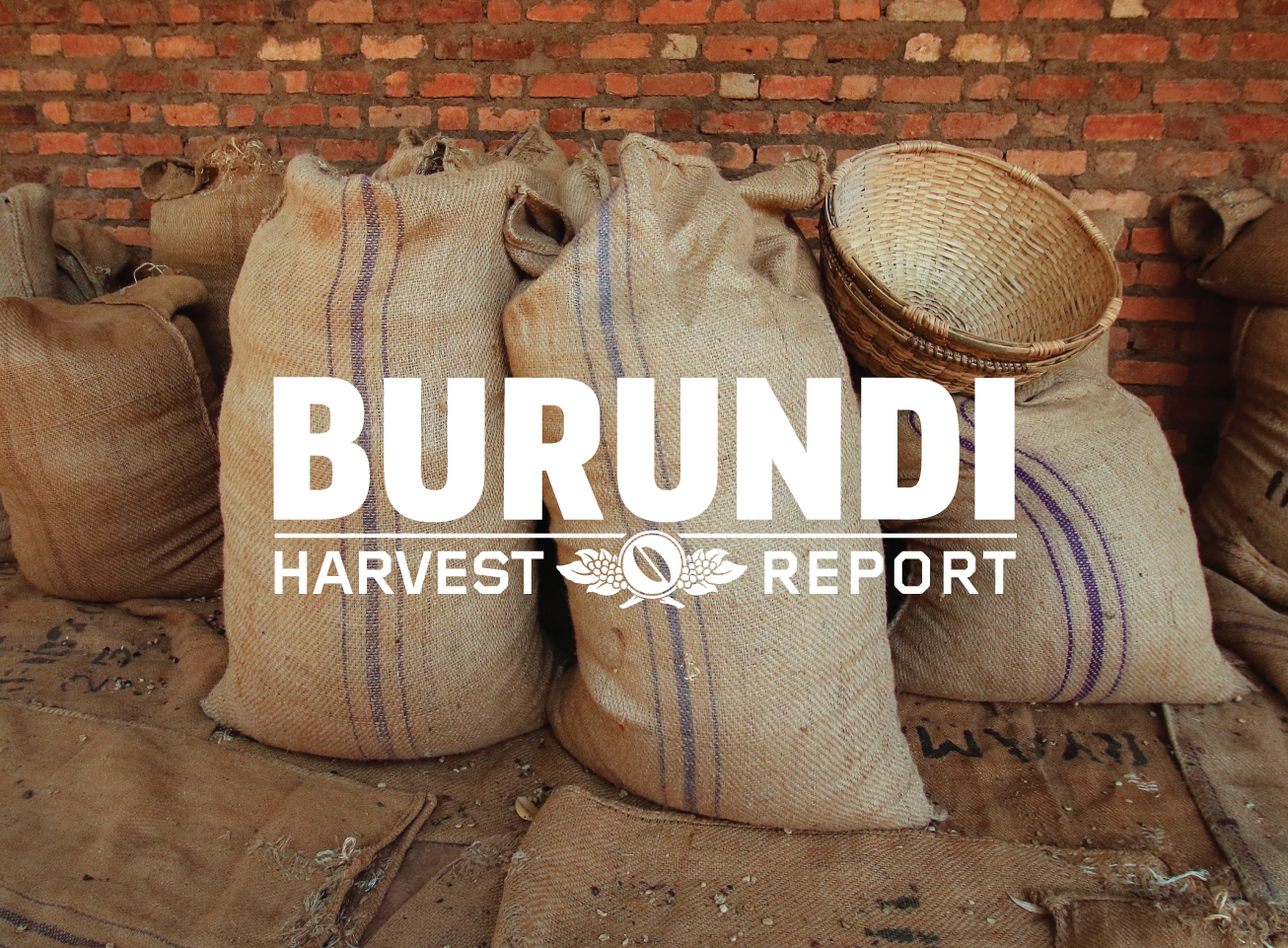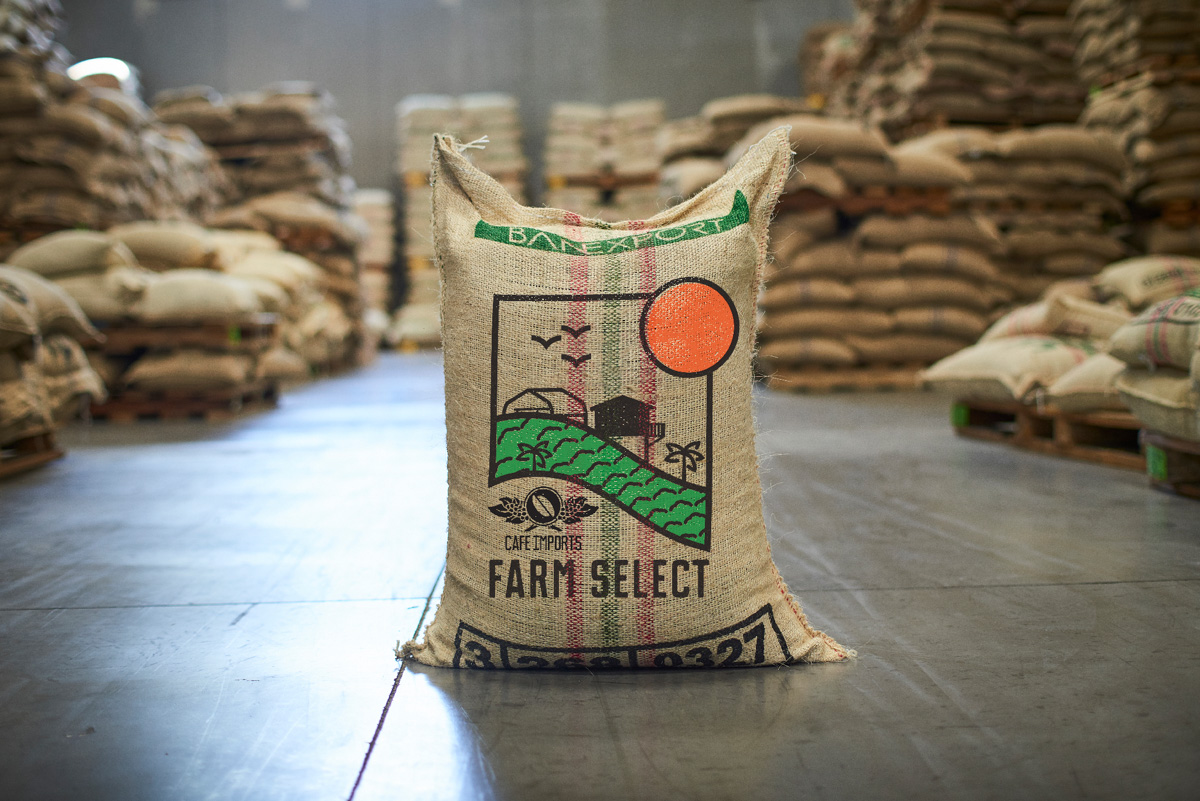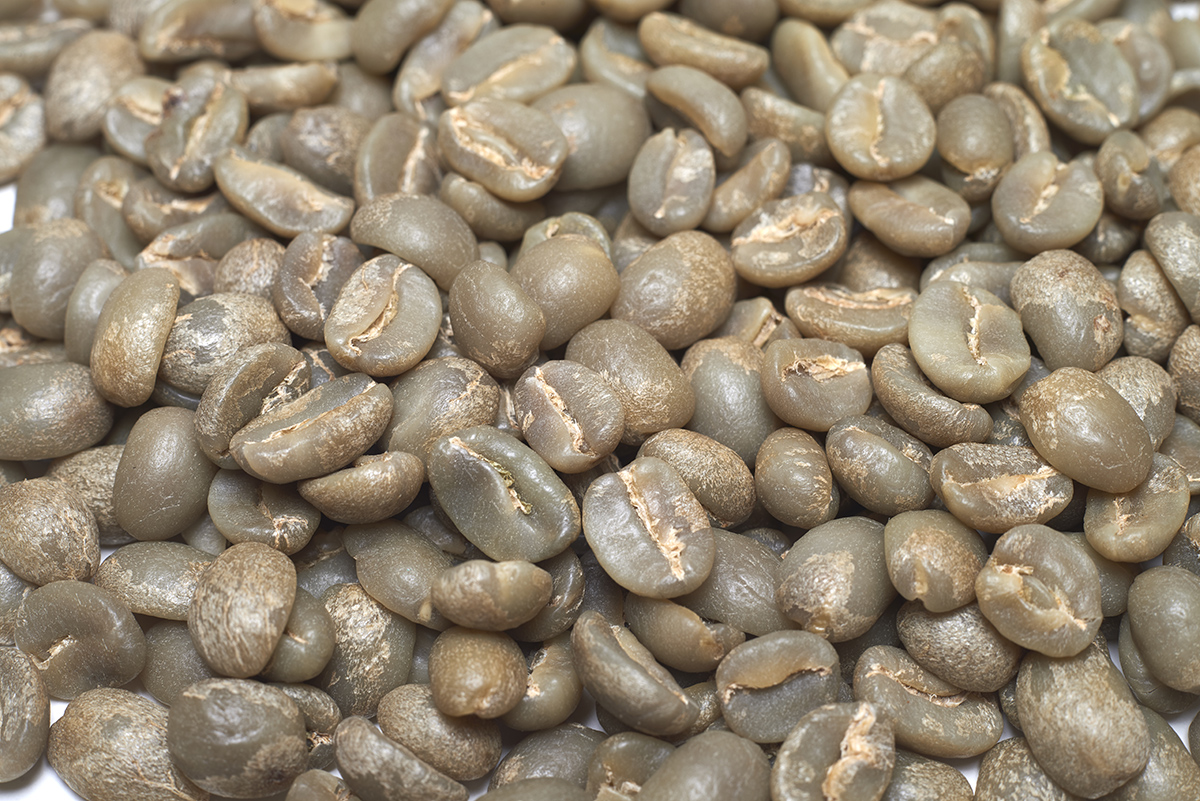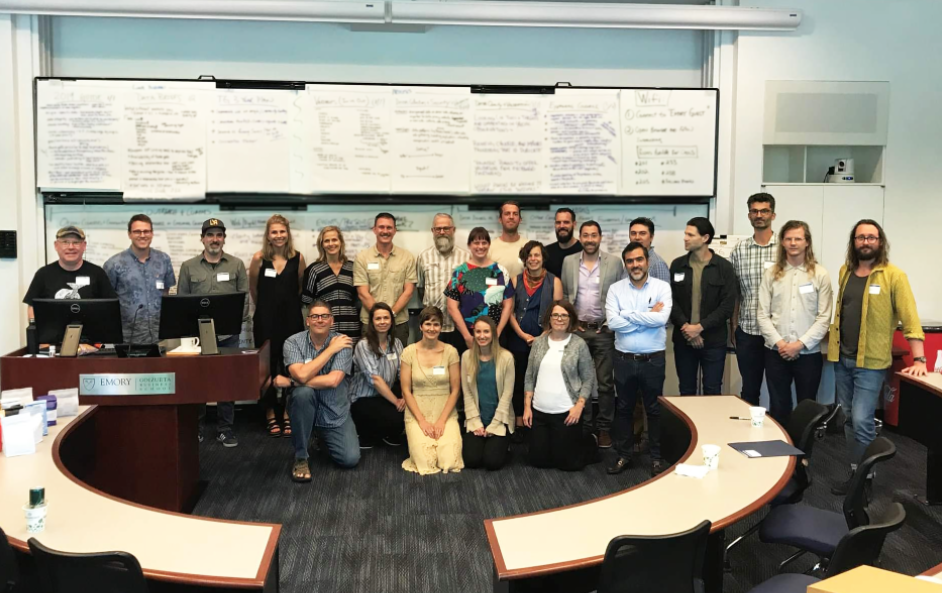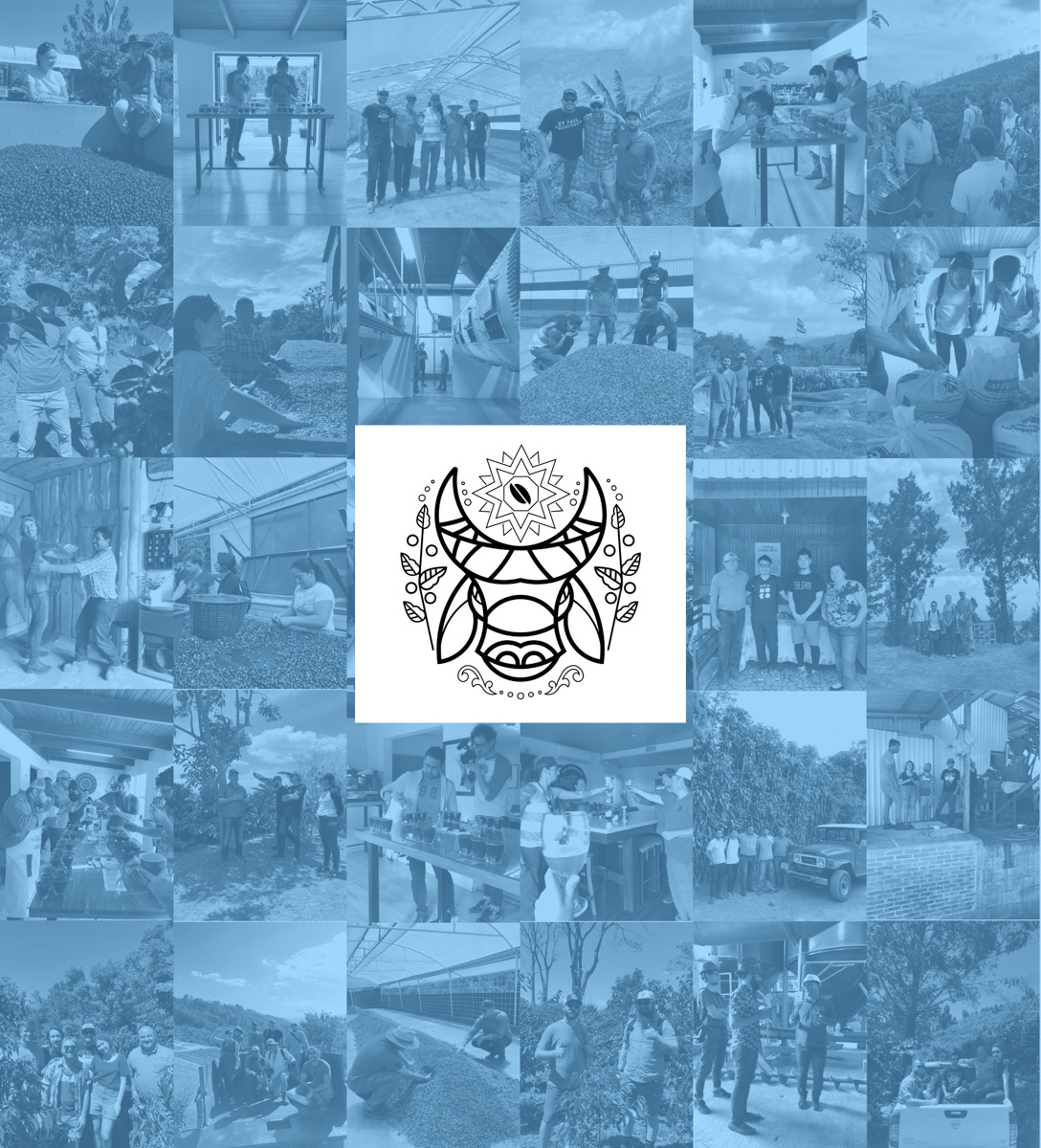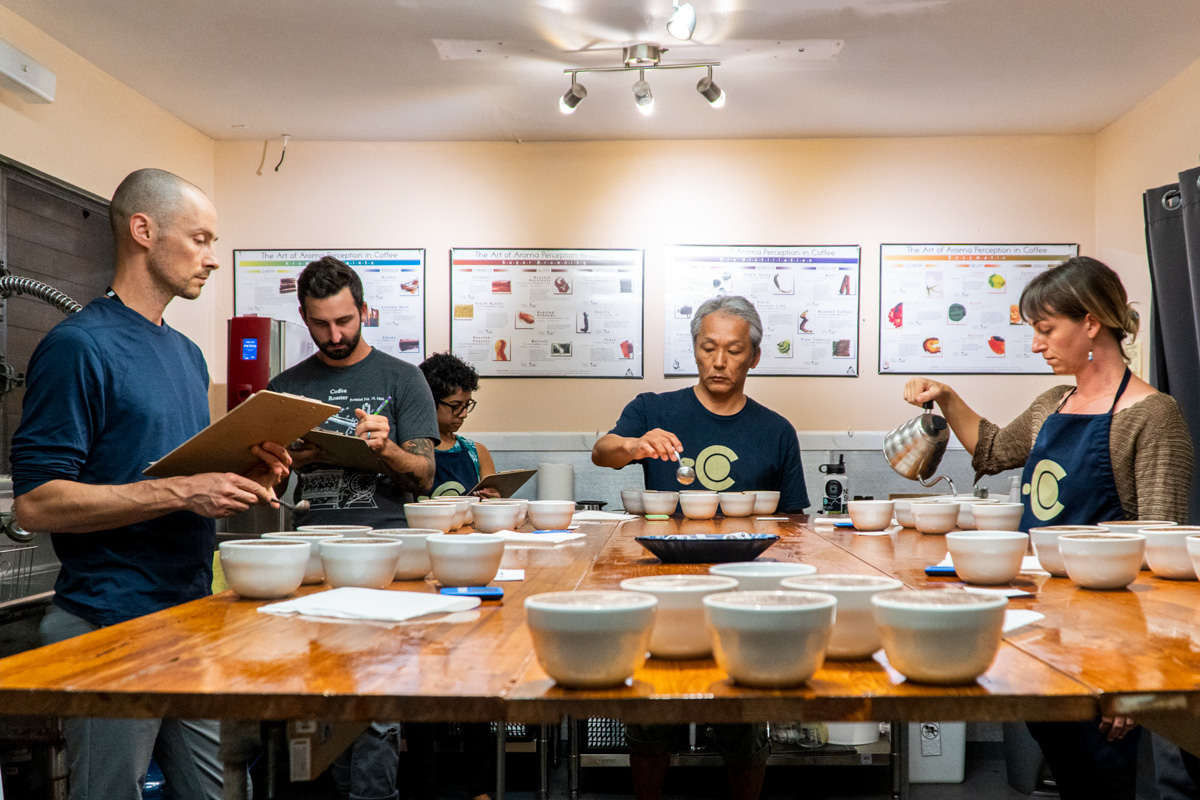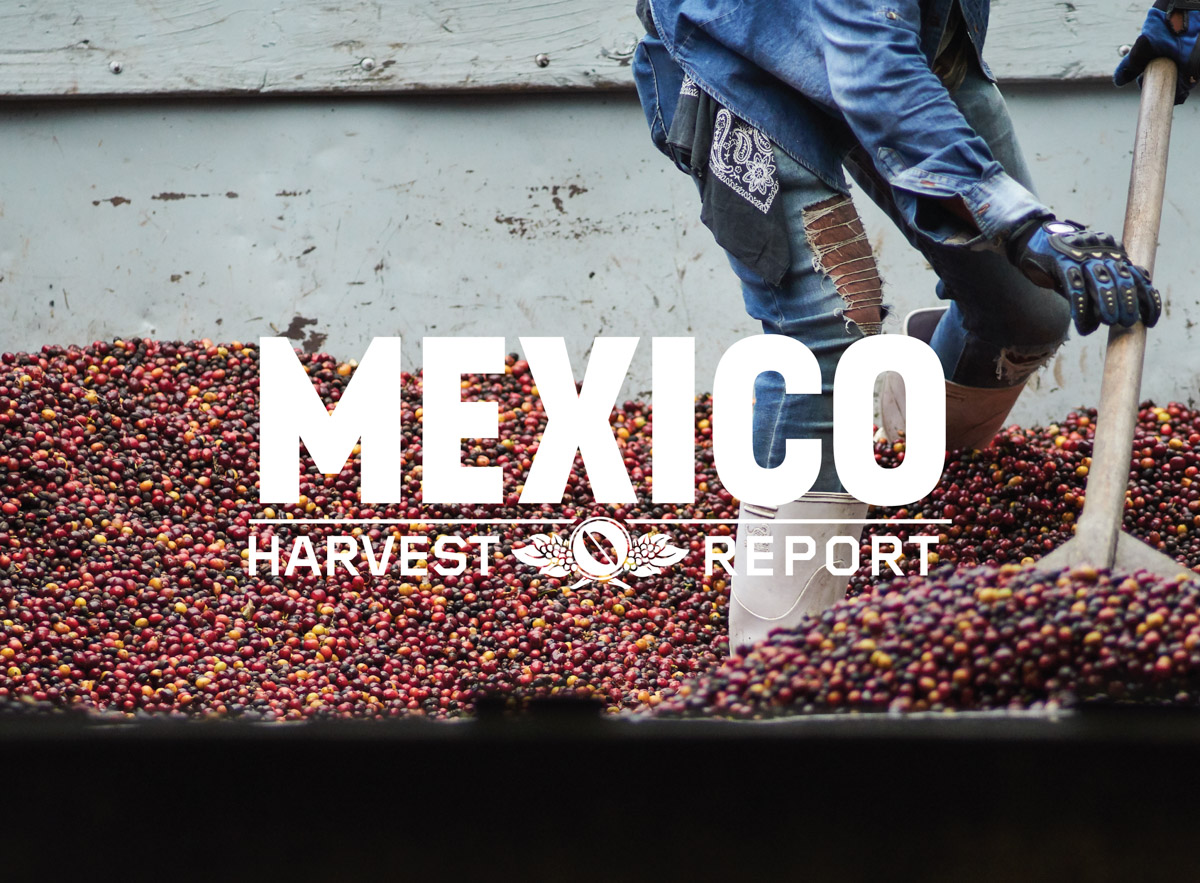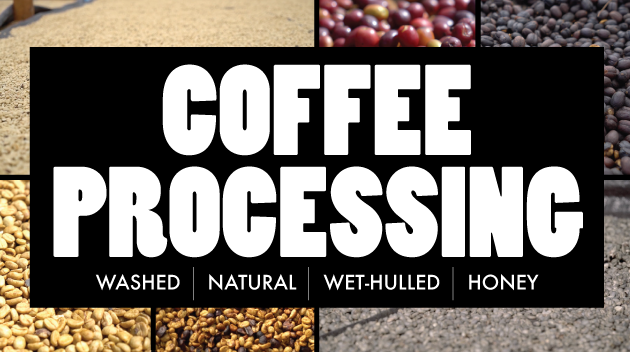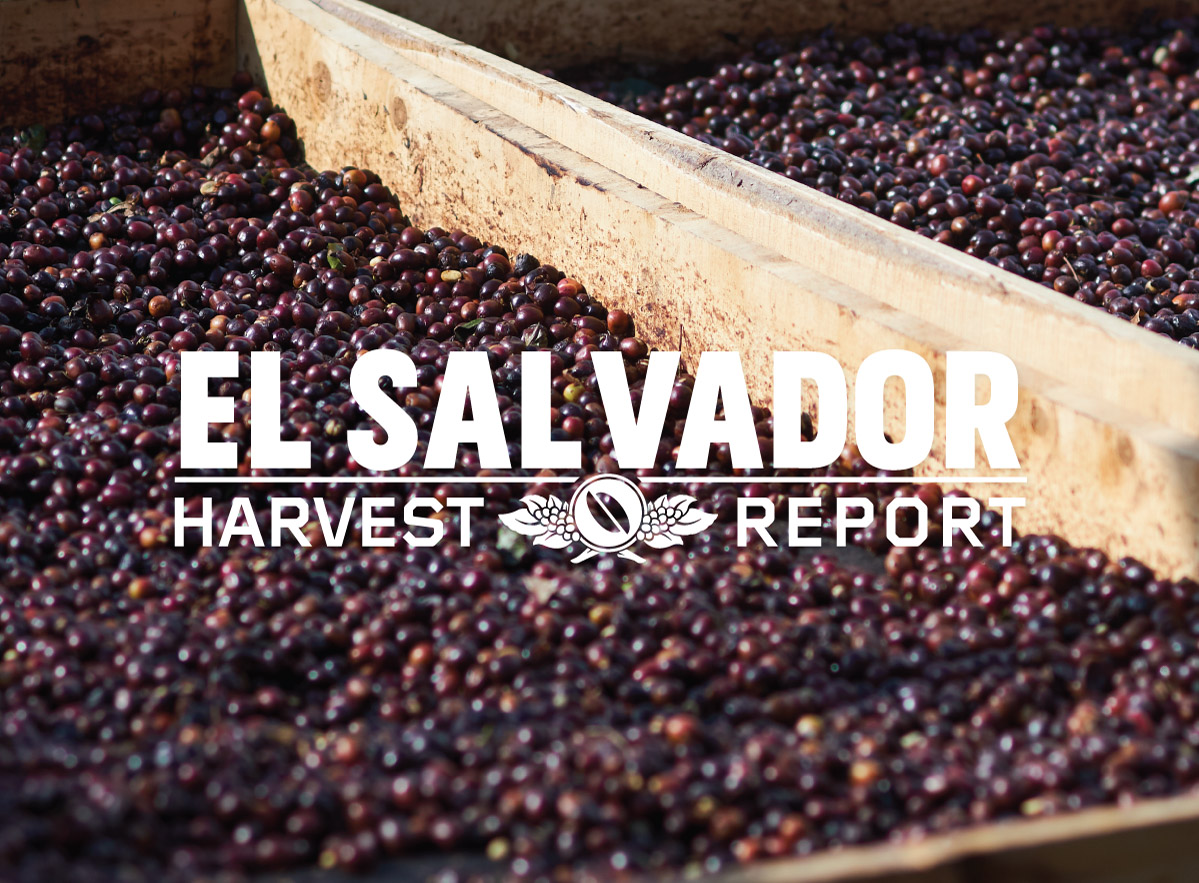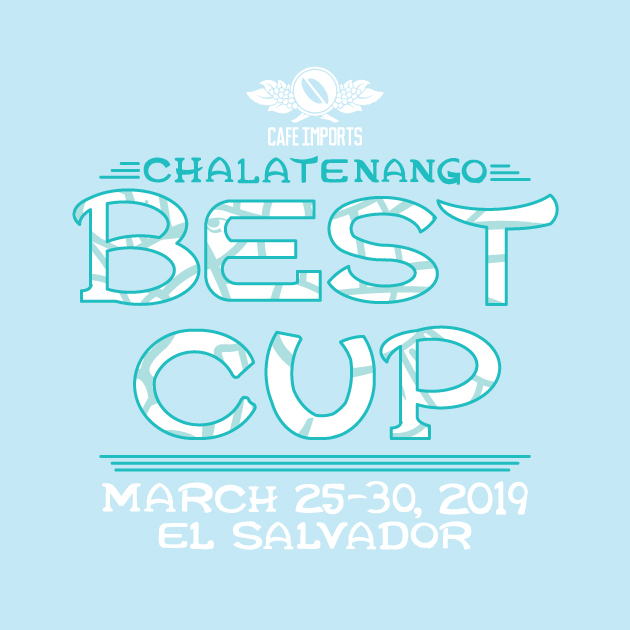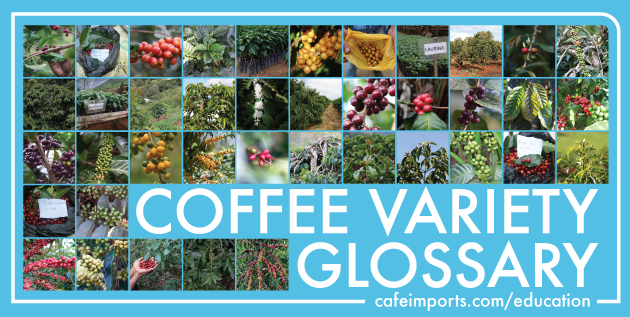Every green-coffee buyer and every coffee traveler has their own reasons for the places that feel particularly special to them. For some it’s the thrill of a new location, for others it’s the comfort of returning somewhere comfortable and familiar. For others, it’s all about flavor. Occasionally, when you’re really lucky, it’s a combination of all three: That’s what Cafe Imports’ green-coffee buyer for Africa, Claudia Bellinzoni, gets to experience whenever she goes to Tanzania, a place where she once lived to work in coffee, and where she is constantly exploring new possibilities along with re-connecting with old friends, colleagues, and cup profiles.
